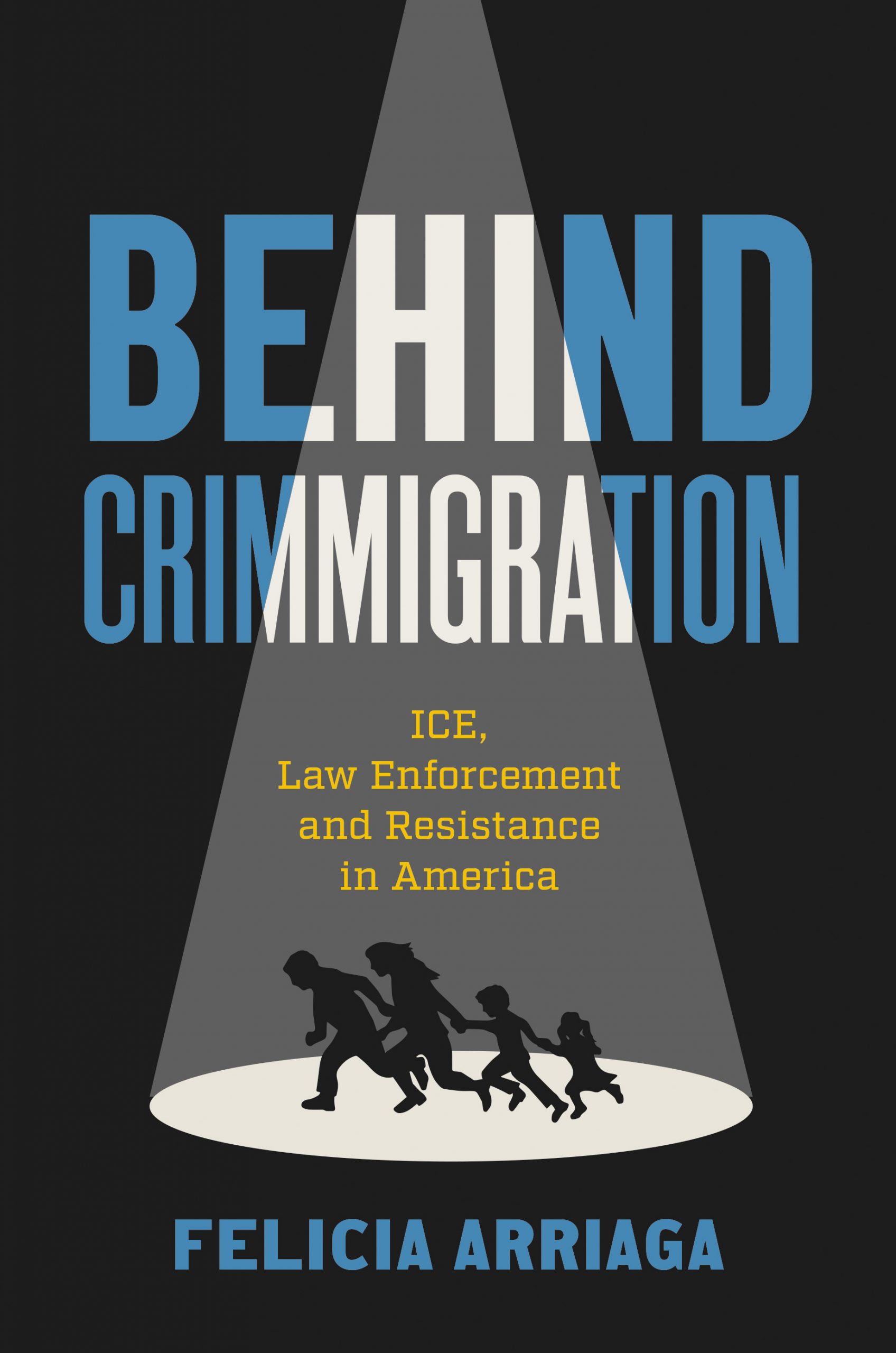In 2018 grassroots campaigns in a number of North Carolina counties helped to elect progressive sheriffs, unseating conservative sheriffs who had been eager collaborators with ICE. Like many, I found myself celebrating not only the win of these progressive sheriffs, but also the community efforts that had put an end to unchecked political power and had brought back democratic accountability.
However, these wins would be met with additional scrutiny from ICE, the attorney general, and the North Carolina Sheriffs’ Association, among others. In a press conference in early February 2019, ICE field office director Sean Gallagher suggested that targeted enforcement operations would become the new normal as a result of these sheriffs’ end to ICE collaboration.
Part of my research at the time involved trying to ascertain the extent of ICE operations in local communities. This often involved driving around to make queries. But I also spent time going through videos and posts from various community organizations documenting the ICE presence in their communities. I was hoping to find some patterns.
It was clear that ICE was trying to send a message. In a video of an ICE stop of a van in Charlotte, North Carolina, the officer requesting information from the driver was none other than ICE assistant field office director Robert J. Alfieri. Most of the time when I write about ICE officials, I’m not writing about the actual managers of the organization. I’m writing about those folks who are based in jails. Seeing a high-level employee participating in an arrest—coupled with the threat lobbed at the February ICE press conference—told me that ICE leadership really had a stake in responding to the “loss” of sheriff cooperation in counties with large immigrant communities.
In March, a month after the targeted enforcement operations, North Carolina House Bill 370, known informally as the “Sheriffs to Cooperate with ICE Bill,” was introduced in the state legislature. In response to community election wins, ICE officials worked with senators—and Sheriff Sam Page from Rockingham County, a conservative sheriff who’d survived the election—to construct the language of the proposal, which would mandate that sheriffs check the immigration status of all people they arrest and then detain them for ICE if there was any question about their citizenship or visa status.
Throughout 2019 I helped convene the House Bill 370 Coalition, formed to counter the Sheriffs to Cooperate with ICE Bill. Various business, faith, nonprofit, and grassroots groups came together to form a strategy to counter this proposed legislation, and the newly elected sheriffs from across the state also came to defend themselves against the conservative sheriffs and lawmakers who had branded them as “sanctuary sheriffs.” Eventually the bill would pass the legislature but be vetoed by Governor Roy Cooper. Sadly, though, that was not the end of it: the bill was reintroduced in this legislative session, and its fate remains undecided.
Calls to abolish ICE most often focus solely on efforts to end the criminalization of immigrants. But what can the effort to end ICE look like if it is placed within the context of the broader struggle to abolish prisons and police?
One group—Detention Watch Network—has taken an innovative approach to this question in its online resource “Ending Immigrant Detention: Abolitionist Steps vs. Reformist Reforms.” This approach is borrowed from the efforts of the group Critical Resistance, which in 2020 offered the one-page guides “Reformist Reforms vs. Abolitionist Steps in Policing” and “Reformist Reforms vs. Abolitionist Steps to End Imprisonment.” In those two resources, Critical Resistance uses a matrix to show whether a criminal-legal policy is reformist (“continues or expands the reach” of the carceral state) or abolitionist (“chips away and reduces its overall impact”). With those parameters in mind, the Detention Watch Network’s “Ending Immigrant Detention” asks similar questions of proposed policies at the local, state, and federal levels, such as:
- Does this reduce the scale of detention and surveillance?
- Does this chip away at the current system without creating new harms or helping some people at the expense of others?
- Does this provide relief to people who could be or are currently detained or under surveillance?
Piecemeal reforms will continue to just remix policies that disproportionately harm immigrant and oppressed communities. Because ICE is a federal agency, accountability for this agency ultimately has to be a national effort with clear targets.
More from our decarceral brainstorm
Every week, Inquest aims to bring you insights from people thinking through and working for a world without mass incarceration.
Sign up for our newsletter for the latest.
Newsletter
State-level solutions can still potentially have some meaningful impact, however. At the state level, in 2021, the North Carolina State Legislature passed Senate Bill 300, the Criminal Justice Reform Bill. The governor signed this into law while applauding it for aligning with many of the recommendations that came out of his Governor’s Task Force for Racial Equity in Criminal Justice (TREC). Unfortunately none of the 125 recommendations focused solely on immigration enforcement and immigrants were not represented on the task force. And while some of those TREC representatives applauded Senate Bill 300, publicly available criminal-legal data was taken out of the bill, making it challenging for the public to have access to readily available information about the criminal legal system. Furthermore, immigration status in this arena is challenging to come by—inquirers are often routed to federal agencies to complete data requests, or accountability is devolved to the local level.
The North Carolina case highlights the complicated nature of local initiatives, which must contend with the limitations of their authority within a matrix of multilevel, multi-jurisdictional state and federal policies. Often the result is the circumvention of local authorities by state-level agencies and ICE, even in locations where ICE no longer has an agreement with local law enforcement.
Unquestionably, one of the clear benefits of local sheriff elections is that they draw some level of local scrutiny to criminal legal policies, and this is something that can be leveraged by grassroots activists. For example, in spring 2022 I helped run a series of teach-ins called “Know Your Sheriff” with the North Carolina Statewide Police Accountability Network. Our goals were twofold: first, to educate local leaders about the role of sheriffs; and, second, to make the connection between police who patrol our communities and the jails that incarcerate community members. This built on work we had done two years prior creating a “Defunding Sheriffs” toolkit. Our hope is that these local initiatives help community members to make the connection between the responsibilities of various law enforcement agencies and the reach of the carceral state.
ICE entanglement in local law enforcement is just one iteration of a bigger system meant to police our communities. But we can continue untangling this collaboration while we contribute to movements whose members are fed up with the criminal legal system more broadly. And we can start in our own communities. I hope that my family can one day live without the fear of an ICE arrest, and I know that’s possible through the efforts of a thriving group of community organizers. And like many immigrant rights activists before me have said, the only secure community is an organized community.
From Behind Crimmigration: ICE, Law Enforcement, and Resistance in America by Felicia Arriaga. Copyright © 2023 by Felicia Arriaga. Used by permission of the University of North Carolina Press.
Image: “Vote Out Carmichael” yard sign, by Felicia Arriaga.


